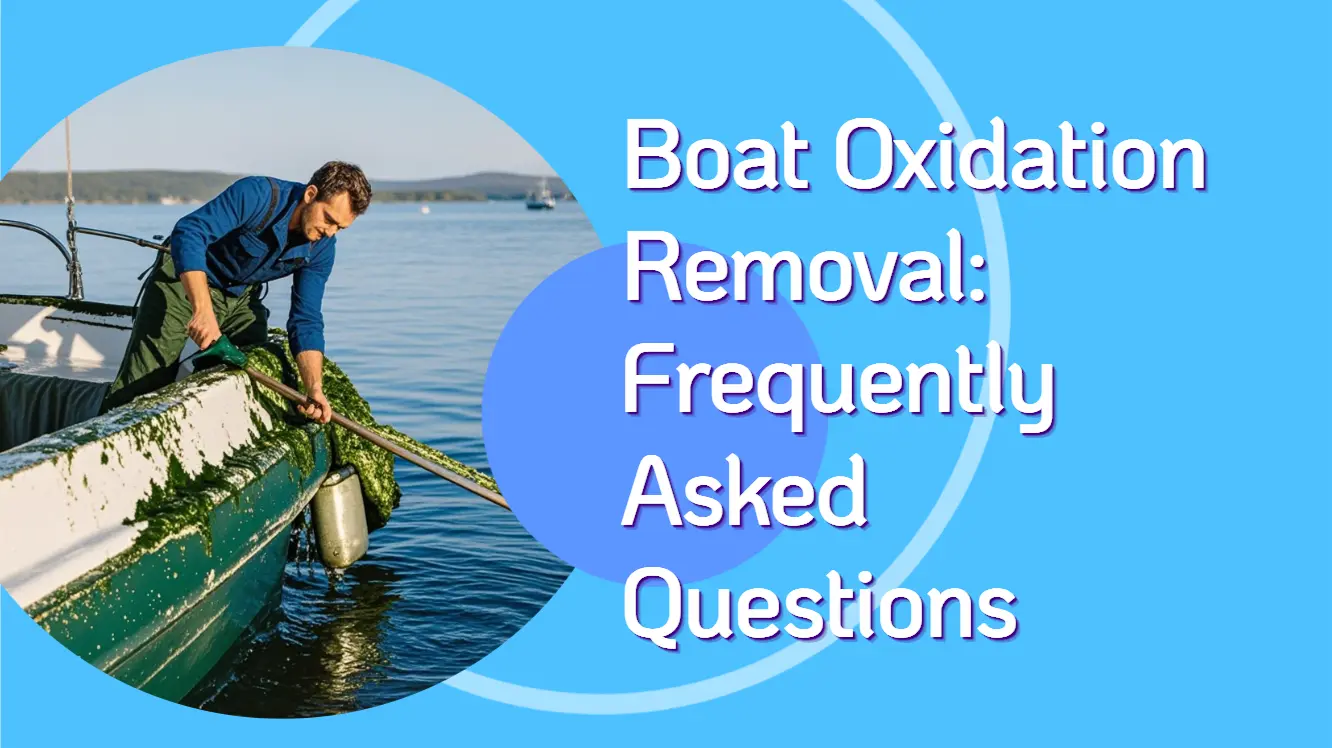Quick Answers to Boat Oxidation Removal Basics
Boat Oxidation Removal is a critical process for keeping your vessel’s fiberglass boat looking pristine and maintaining its structural integrity. Oxidation, caused by UV radiation and moisture reacting with exterior finishes, dulls surface colors and can lead to costly damage if ignored. This FAQ guide addresses common questions about Boat Oxidation Removal, offering detailed guidance on costs, techniques, and products like proprietary boat polish to restore a glossy shine—whether you’re a seasoned captain or new to marine maintenance.
[BUTTON: Get Free Estimates for Boat Oxidation Removal]
Explore Boat Detailing Cleaning.
What Is Boat Oxidation Removal?
Understanding the Process
Boat Oxidation Removal involves stripping away the oxidized layer from a fiberglass surface or metal boat using a concentrated cleaning formula, such as oxalic acid-based cleaners or aggressive oxidation removers. This restores the original shine, removes oxidation spots, and prepares the surface for Poli Glow or ceramic coatings for maximum gloss. Products like Riptide Liquid Compound from Hula Boat Care Products tackle heavy oxidation, while marine polish enhances the glossy, haze-free finish—vital for boats over time in tropical climates.
Why It Matters
Left unchecked, the effects of oxidation erode paint on boats and fiberglass finish, compromising aesthetics and inviting corrosion of metals. Regular Boat Oxidation Removal prevents future oxidation, preserving your investment—learn more at Boat Hull Cleaner.
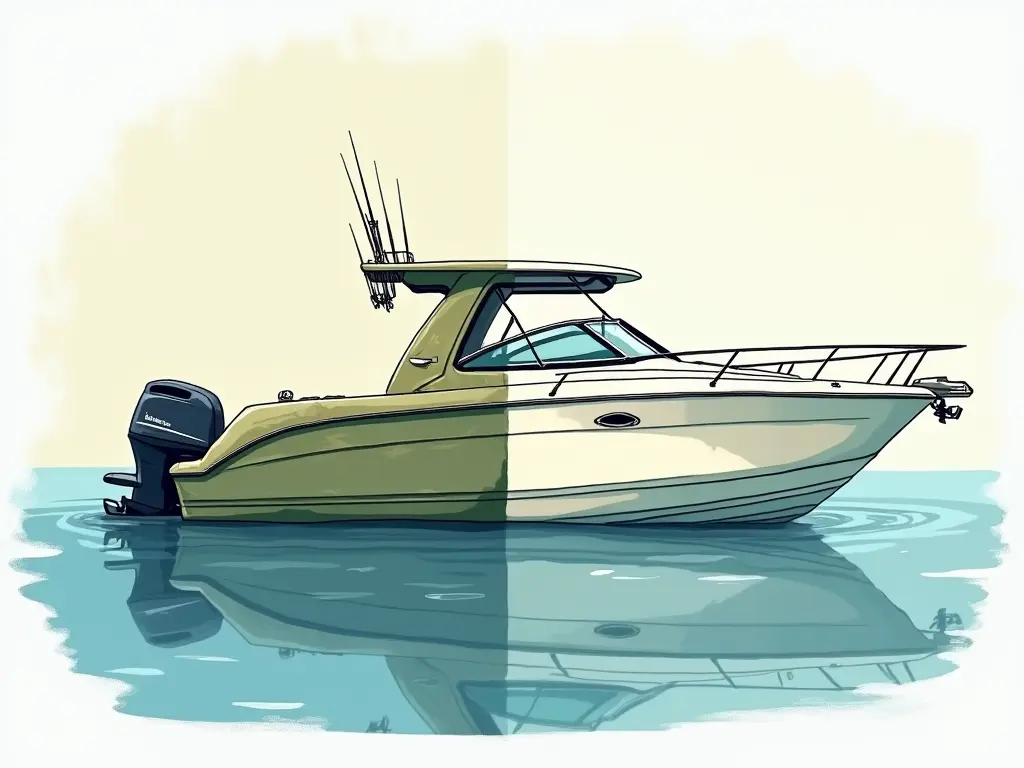
- Removing Rust Stains from Boat: A Complete Guide to Keeping Your Vessel Spotless
- Boat Rust Remover: A Comprehensive Guide to Maintaining Your Vessel
- Boat Cleaners Near Me: A Step-by-Step Guide to Keeping Your Vessel Pristine
How Much Does Boat Oxidation Removal Cost?
Cost Factors and Estimates
The cost of Boat Oxidation Removal varies by:
- Boat Size: Larger vessels need more product, like a Deluxe Kit, increasing expenses.
- Oxidation Level: Light oxidation costs less than severe oxidation requiring wet sanding with an Ultra-Fine Sanding Pad.
- DIY vs. Pro: DIY with disposable gloves and marine products saves money, while pros charge $100-$500+ for detailed oxidation removal.
On average, expect $150 for a medium-pressure job—payment options at Boat Cleaning Florida offer flexibility.
Professional vs. DIY Costs
A one-time application of premium products (e.g., $50-$75) contrasts with professional oxidation removal services from Marine Cleaning Services, which ensure a near-perfect finish but cost more.
What Affects the Quality of Boat Oxidation Removal?
Key Influences
Effective Boat Oxidation Removal hinges on:
Conditions: Frequent maintenance in tropical climates counters UV radiation—apply maintenance coats for a robust 6-month sealant.
Stainless steel and vinyl decals require gentle handling to maintain a uniform surface—see Boat Compound and Wax.
Cleaner Type: High-performance polishing compounds or fortified paints outperform household acrylic cleaners—opt for marine sealant over anti-fouling paint.
Technique: Using a Non-Abrasive Scrub Pad with detailed guidance avoids compound damage; color sanding restores depth of color on discolored finishes.
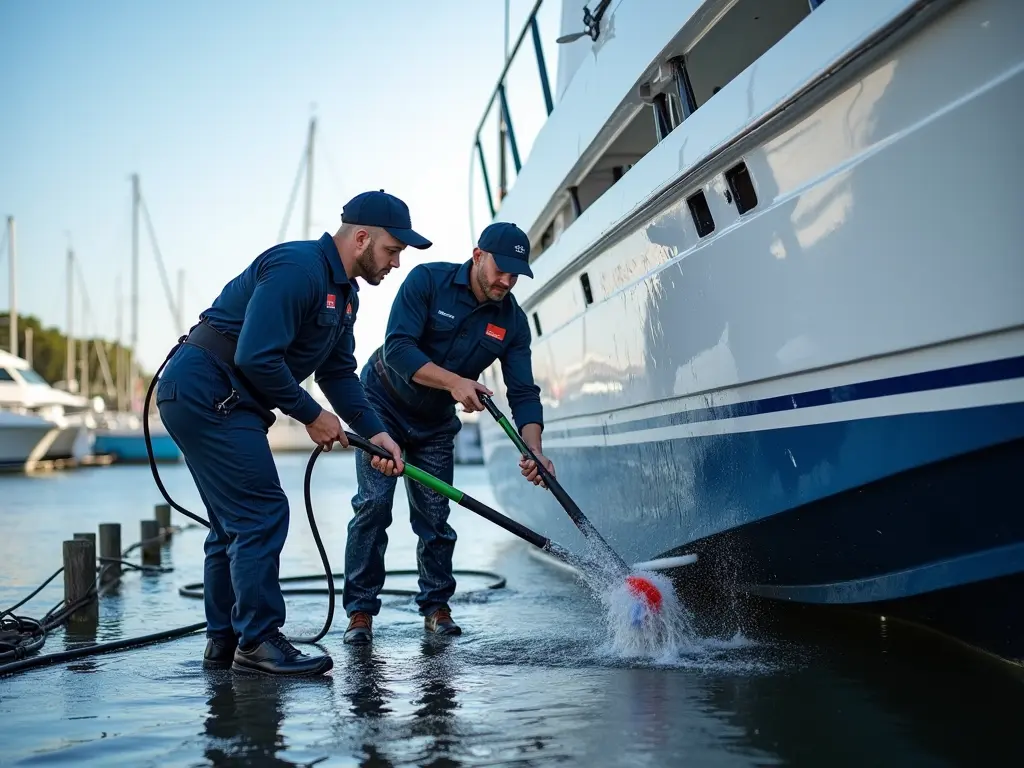
Boat Bottom Cleaners Near Me: Prices and Services in 2024
Can I Perform Boat Oxidation Removal Myself?
DIY Tips and Tools
Yes, Boat Oxidation Removal is DIY-friendly with the right approach:
- Products: Use an aggressive cut compound or water-based, acrylic boat polish—avoid product waste with technology reserves excess product.
- Steps: Wet sanding removes the oxidized layer, followed by a meticulous scrub with a pad with water—finish with a protective sealant for luscious locks.
- Gear: Disposable gloves and a quality wool pad ensure safety and a glossy shine—source supplies at Boat Parts Accessories.
For medium scratches or deepest oxidation, pros from Boat Detailing Florida offer a superior shine.
What Are Common Mistakes in Boat Oxidation Removal?
Pitfalls to Avoid
Avoid these errors during Boat Oxidation Removal:
- Wrong Products: Using paint correction services for automotive paint instead of marine products risks damaging fiberglass boats—stick to marine oxidation removal processes.
- Skipping Prep: A clean surface is key; skipping this leads to a 2-step (or stage) oxidation removal failure—remove mineral deposits first.
- No Protection: Skipping a 6-month sealant leaves unoxidized surfaces vulnerable—apply spray coating for an astounding shine.
Proper execution prevents reaction of oxidation causes—consult Boat Maintenance Miami.
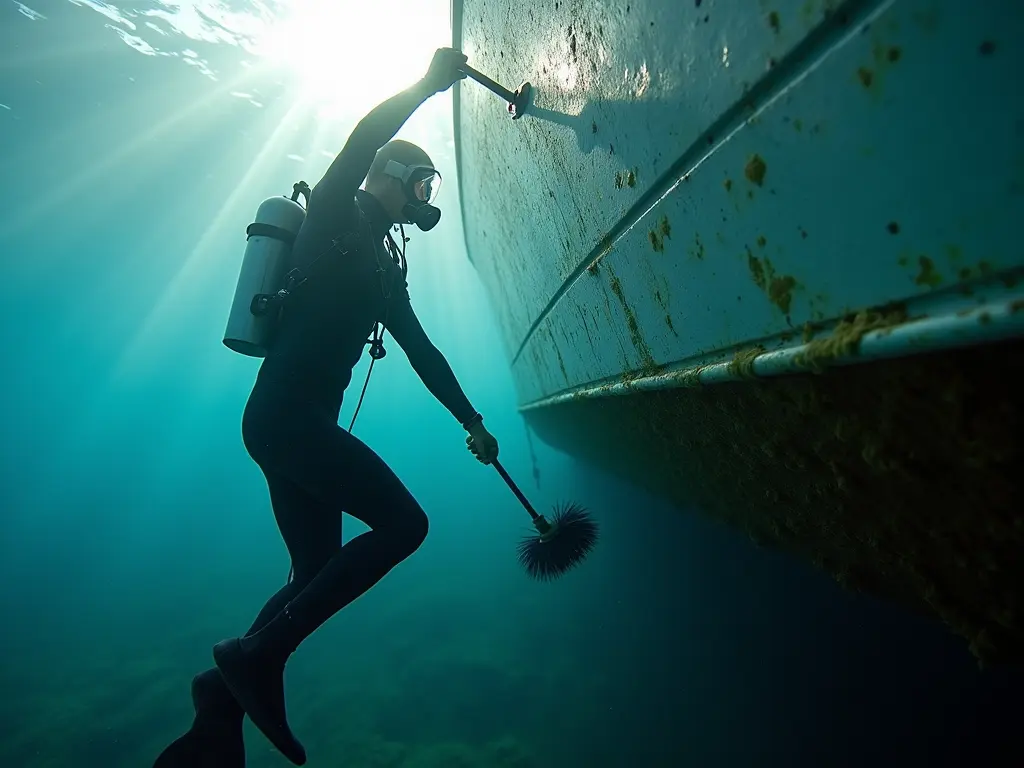
Removing Rust from Gelcoat: A Step-by-Step Guide
How Can I Save Money on Boat Oxidation Removal?
Cost-Saving Strategies
Save on Boat Oxidation Removal with:
Group Deals: Flexible service options from Boat Cleaning Miami cut costs for boats with IInk printed or silk-screen decals.
Invest in quality abrasive cleaners for a comprehensive vinyl cleaning session—save time and maintain surface colors.
DIY: Use exterior compound treatment or RV polish—buy in bulk to control product release and reduce extra product costs.
Prevention: Frequent maintenance with a high-grade exterior polish halts oxidation rate—ideal for darker-colored fiberglass or metal jackets.
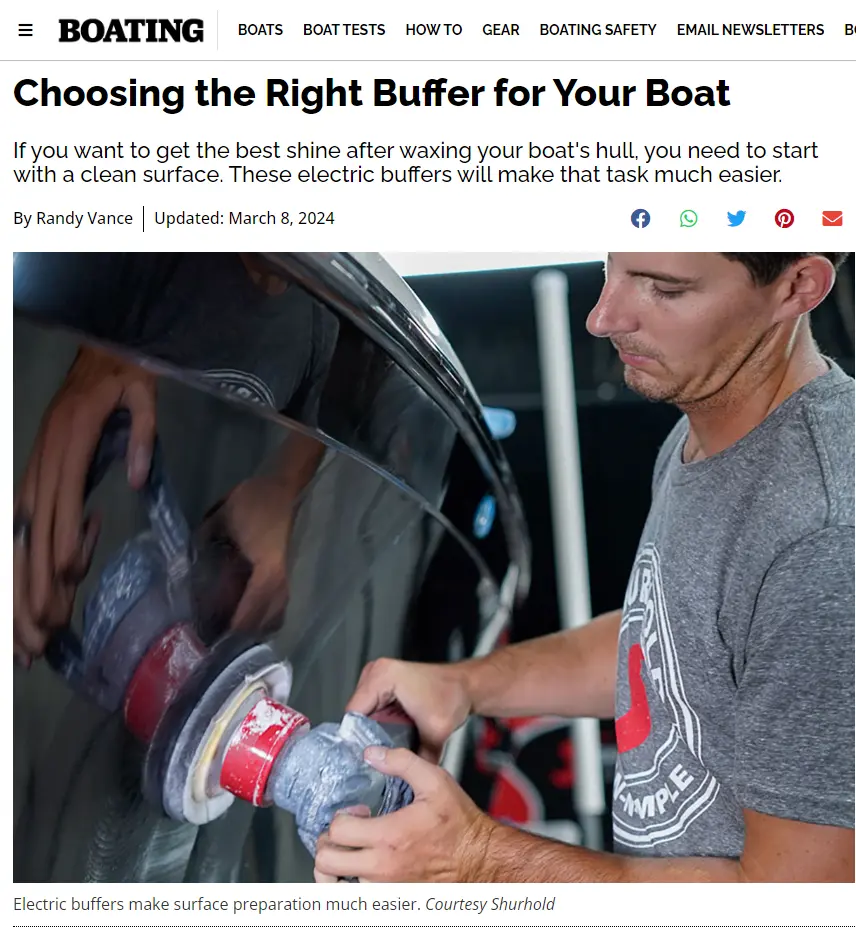
Conclusion
Boat Oxidation Removal is more than a cosmetic fix—it’s a phase of oxidation removal that protects your fiberglass boat from the process of oxidation over time. Whether tackling light scratches or heavy oxidation with an oxidation removal project, premium products and professional services from Boat Detailer Miami FL ensure a beautiful gloss. With this FAQ, you’re equipped to maintain your vessel’s exterior finishes, keeping it ready for luxury of time on the water—finish with confidence!
[BUTTON: Hire Top-Rated Boat Oxidation Removal Experts]
Visit Marine Cleaning Services.


